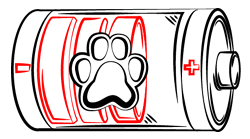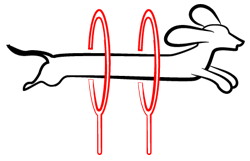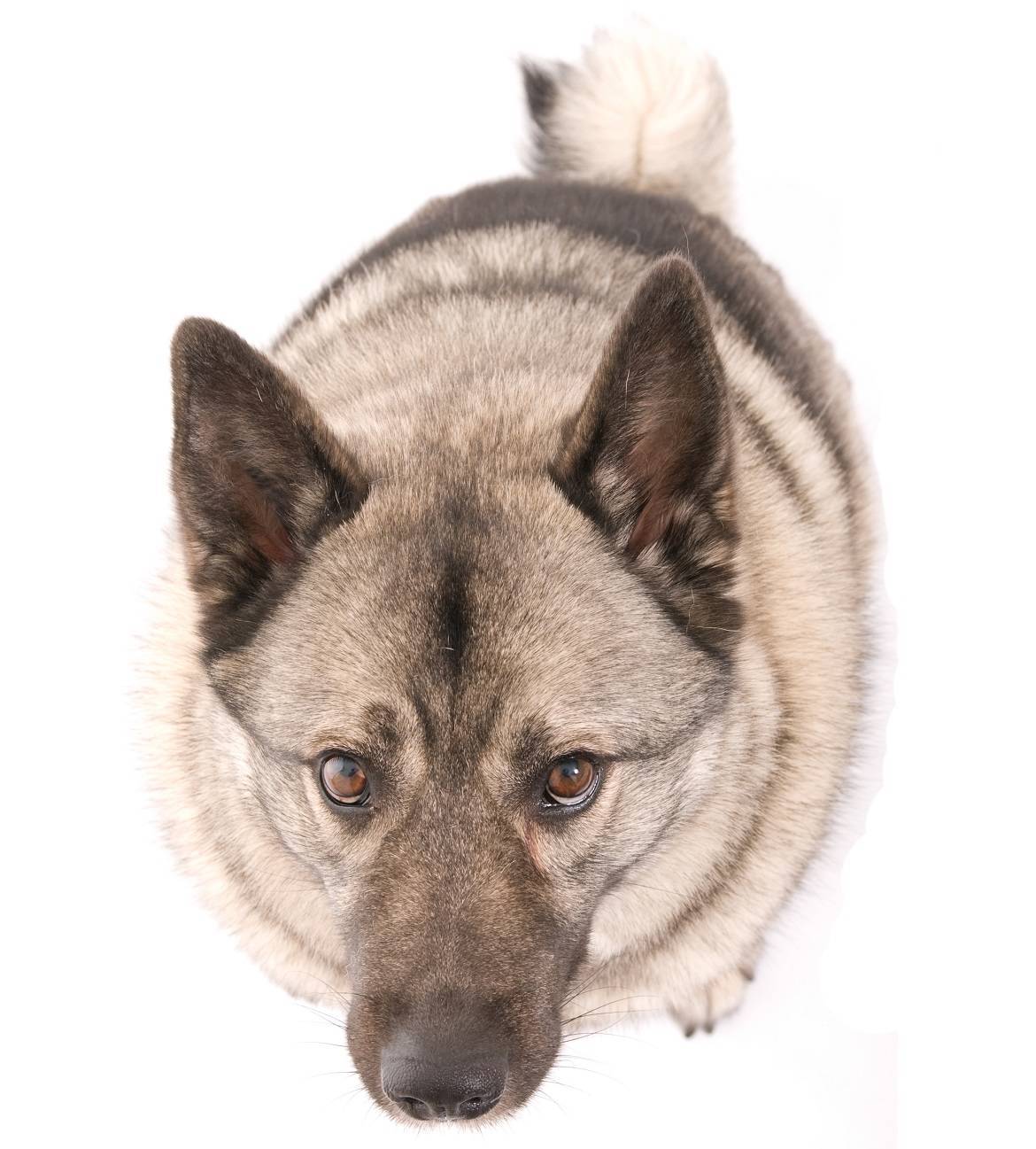
Paws ‘N’ Pups Quickview
Size
| Energy Level
| Trainability
| Paws ‘N’ Pups Rank
|
Characteristics
| Physical Characteristics: Height: 19-21” Weight: 48-55 lbs. Energy Level: Moderate – High | Colors: The American Kennel Club recognizes the Norwegian Elkhound in the following colors:
|
Health & Longevity
Average Life Span: 10-12 years
The Norwegian Elkhound is considered to be a healthy breed of dog, but it is important that you work with a reliable breeder. Poor breeding practices can lead to problems with your puppy’s health, and you may notice that your pup does not live out his or her entire life because of it. Some of the conditions that poor breeding can lead to include patellar luxation, PRA, renal dysplasia, Fanconi syndrome, hip dysplasia, and hot spots.
Patellar luxation is a condition where the kneecap is loose or becomes dislocated. This condition can cause your pup to experience pain, and you will notice that he or she does not use the injured leg. It is important to seek out medical care for your pup when this happens, otherwise, your pup will continue to avoid using the leg and remain in pain.
PRA or progressive retinal atrophy is a genetic eye condition that occurs when the retina degenerates. This condition is progressive in nature, which means that it will eventually cause blindness.
Renal dysplasia is a common disease that has been diagnosed in the Norwegian Elkhound. This condition occurs when the kidneys do not develop properly. This can lead to impaired function of the kidneys.
Fanconi syndrome is a condition that is characterized by a collection of different problems. For example, the pup can have impaired transport of potassium, sodium, and glucose within the body. This condition also affects the kidneys and can lead to kidney disease.
Hip dysplasia is a genetic condition that causes a lot of pain for your pup. This condition occurs when the hip socket or hip joint is deformed. When the deformity exists, your pup experiences pain and can develop arthritis over time.
Lastly, hot spots are common in the Norwegian Elkhound. These spots are areas of inflammation caused by outside sources such as fleas, ticks, and mites.
The Norwegian Elkhound has a life expectancy of 10 to 12 years.
Temperament & Train-ability
The Norwegian Elkhound is considered to be a friendly pup that loves life and is energetic. This breed needs to be active and does best with a family that likes to be active as well. In fact, you will find that your pup likes to go camping, hiking, and fishing with you.
This breed does best in a home environment where there is a fenced in yard. You will find your pup does not adapt to an apartment and should not be confined to one either. You need to make sure your puppy gets a lot of exercise throughout the day and goes on a couple of walks every day too.
This breed is dependable and quite confident too. You will find that he or she does not have to be right next to you at all times and will venture his or her own way.
The Norwegian Elkhound is considered to be an excellent companion and is in tune with the feelings of his or her owner. This means that when you are feeling sad, your pup will pick up on it and come comfort you.
You will find that this breed acts as a wonderful watch dog and is extremely alert and protective of his or her family. When the pup does not feel as though someone is threatening, he or she will relax and become friendly.
While protective in nature, this breed is not aggressive with those that he or she loves and does well with children.
This breed is a bit harder to train because of their independent nature. Your Norwegian Elkhound needs a firm leader. Remain consistent throughout your commands and avoid showing frustration or giving up.
Grooming
The Norwegian Elkhound has some moderate grooming needs, but nothing that causes too much stress or worry. You will need to brush your pup’s coat at least once per day to keep it healthy and remove any tangles that may occur.
This breed will need to have trimming and stripping occasionally performed as well. You can schedule appointments with your local groomer to have this done.
This breed sheds quite a bit, so you should be prepared to clean up hair and brush more often when shedding season rolls around.
You only need to bathe your pup when he or she really needs it, but you should clean his or her ears at least once per week to avoid any ear infections.
Lastly, your pup needs to have his or her nails trimmed once per month or as often as necessary to prevent overgrowth.
Diet
Your Norwegian Elkhound will consume approximately 1.5 cups to 2.5 cups of dry kibble per day. You should choose a high-quality brand that meets the nutritional and activity needs of your pup.
The best dry kibble is made with wholesome ingredients such as real meat, vegetables, and rice. You should avoid chemicals, fillers, and by-products, as these do not provide any nutritional elements for your pup.
Looking for a Norwegian Elkhound?
 Find A Norwegian Elkhound Breeder |  Norwegian Elkhound Puppies For Sale |  Adopt A Norwegian Elkhound |
Cost
A Norwegian Elkhound puppy will cost you about $550. It is important to know that the price of your puppy does not dictate the health of your puppy. You must choose a reputable breeder to ensure the health of your new pet.
Paws ‘N’ Pups Ranking
Paws ‘N’ Pups ranks every breed out of 4 with 1 being easiest to integrate into your life and 4 being the toughest – The lower the ranking the better.
Ranking takes into account a few basic factors including cost, skill level needed, high vs low maintenance and how critical regular training is to success. A Norwegian Elkhound puppy will cost you about $550. It is important to know that the price of your puppy does not dictate the health of your puppy. You must choose a reputable breeder to ensure the health of your new pet.
Breeds Similar To Norwegian Elkhound
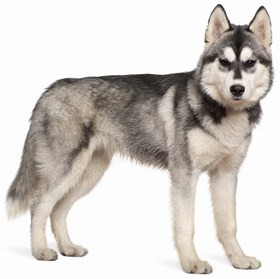 Siberian Husky | 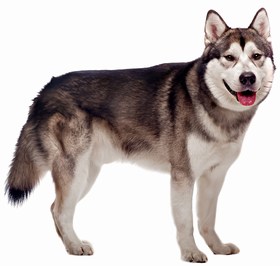 Alaskan Malamute | 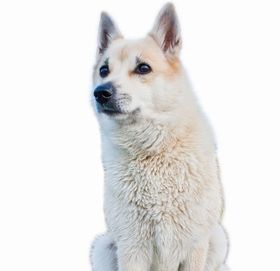 Norwegian Buhund | 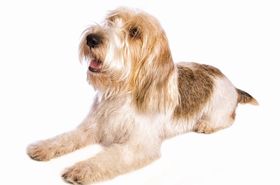 Petit Basset Griffon Vendeen |


